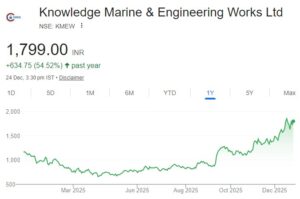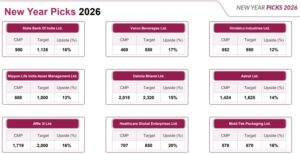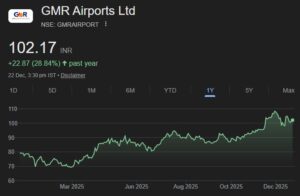
Kshitij Anand of ET has, in his article “Five ways to identify multi-bagger stocks” spoken to a number of market experts and explained the process of identifying tomorrow’s mid or large cap from today’s small cap stock. These are stocks which have potential to report explosive growth over the period of time.
You Can Be a Stock Market Genius: Uncover the Secret Hiding Places of Stock Market Profits
He has prepared a checklist of various tools or methodologies which one can adopt in choosing stocks which have the potential to become next multi-baggers:
Checklist to finding multi-bagger stocks:
(1) Debt levels should be reasonable:
Check whether the book value is growing at the same rate as the EPS. If the EPS is growing at 30% p.a. then one should look at the debt and make sure that that is not growing at more than 30% p.a.
Ensure that the balance sheet is strong and the debt is less than, say 30% of the equity.
(2) Check the quarterly performance (revenue/EBITDA):
Check the quarterly performance of revenue, EBITDA and net profit. Revenue and EBITDA are the two components which reflect clear picture of the company’s operating performance in its segment. The operating performance of a company should reflect in its multiples; if the multiples are low and the company is outperforming at operating level, then the upside for the stock would be significant.
(3) Look for source of earnings of the company:
Instead of looking at the bare earnings, look for the “sources” of earnings of the company. If you find that the potential to grow the business is huge in the segment where the company is operating, then it is better to take position now.
Don’t focus too much on whether the stock is a large cap, mid cap, small cap or micro-cap. Instead, look at the scalability of the operations.
(4) Earnings per share (EPS) and price multiples:
Pay attention to the Basic Earnings Per Share (Basic EPS) and price multiples. The prices of the stocks change on the quarterly performance of basic EPS reported by the company. Investors should calculate the Trailing Twelve Months (TTM) basic EPS and revenue to calculate current Price to EPS (P/E) and Price to Sales (P/S) respectively.
If the company has started performing significantly well and its EPS is growing better than its stock price, then one could consider it a better chance for investments.
(5) Look for cues of capex, structural change from Quarterly presentations:
Investors should read and understand the quarterly presentations uploaded by the companies on their websites. Investors would get the recent announcements related to capital expenditure, structural changes in the company, other management decisions, etc.






ya
u will find such articles only now and stocks tooo
Could you elaborate what your mean to convey Mr. Rao ?
Hello Vidhi,
How to search for source of income?
You will not get any conclusive data from the so called financial websites
“If you find that the potential to grow the business is huge in the segment where the company is operating, then it is better to take position now.”
How to understand that?
Regards,
Madhu
dear sirs, as i have lost a huge amount of money in the secondary market i would like to invest in the following stocks at CMP to recover the losses.
1. COUNTRY CLUB HOSPITALITY & HOLIDAYS (CCHH) 2. COMPUCOM SOFTWARE PVT. LTD. 3. JP POWER 4. JP ASSOCIATES 5. ALOK INDUSTRIES 6. UNITECH
pl. advise me. your quick response is cordially invited.